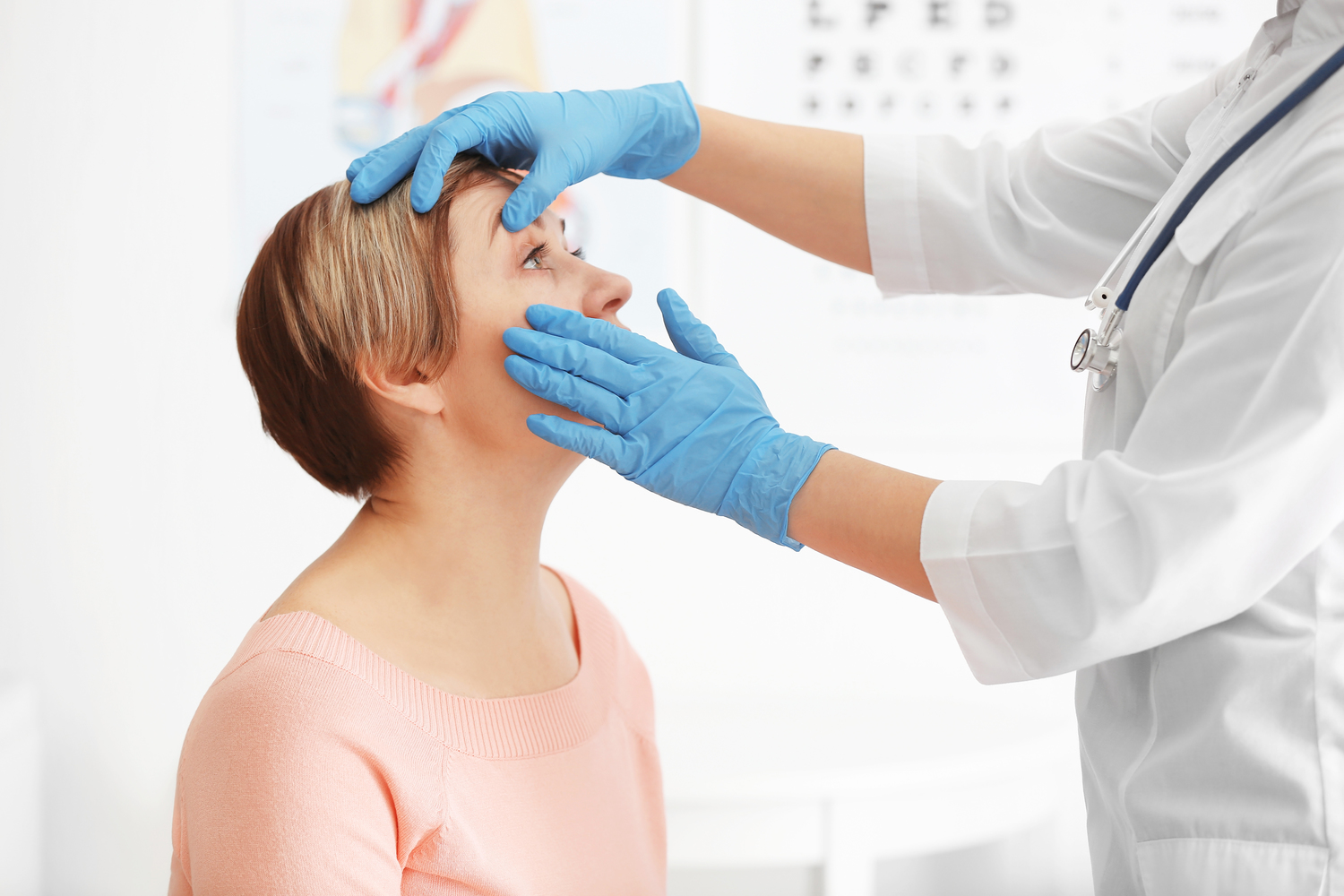Understanding Causes and Solutions for Excess Tear Formation
This article explores the causes behind excessive tear production and offers insights into diagnosis and treatment options. It covers common causes such as infections, allergies, injuries, and blockages in tear ducts. The importance of timely diagnosis and various treatment methods, including surgical options and home remedies, are discussed to help manage watery eyes effectively.

Understanding Causes and Solutions for Excess Tear Formation
Key Information About Excessive Tearing
Our eyes are sensitive structures prone to irritation, resulting in discomfort and potential vision problems. A common issue is excessive tearing, which can arise from multiple factors. While allergies are a frequent cause, other conditions also contribute. Recognizing symptoms and underlying reasons can facilitate prompt treatment and relief.
What causes the eyes to produce too many tears?
Principal causes include allergic conjunctivitis and general conjunctivitis.
Illnesses such as the common cold often result in watery eyes.
Corneal injuries like scratches can lead to excessive tearing.
Scleritis, a severe inflammation, may also cause tears.
Allergic rhinitis and eyelid infections like styes can trigger increased tear production.
Prolonged screen use causes eye strain and watering.
Other contributing factors include chalazion, cluster headaches, and reactive arthritis.
When should watery eyes be checked out?
Unusual tears or persistent excessive tearing might indicate underlying problems.
Tears help lubricate and protect the eyes.
Small glands above the eyes produce fluid to keep the eyes moist, draining through tiny channels into the nose. Blockages in these ducts cause tear overflow.
Obstructed tear ducts, whether on eyelid margins, within eyelids, or near the nose, can cause inflammation and infections.
Signs of tear duct issues include:
Persistent excessive tearing.
Blurred vision or decreased clarity.
Swollen eyelids or discomfort with watering.
Feeling of foreign bodies or twitching along with tears.
Ongoing redness and irritation.
Diagnosing watery eyes
Diagnosis typically involves clinical examination and symptom assessment.
Eye inspections may be complemented by anesthesia.
Probing the tear ducts can help detect blockages or abnormalities.
Possible treatments for watery eyes
Treatment depends on the root cause.
For irritation, waiting or conservative measures may be recommended.
Removing inward-growing eyelashes (trichiasis) can reduce symptoms.
Surgical procedures may be necessary for eyelid deformities like ectropion.
Blocked tear ducts might require surgery or medicated eye drops.
Home remedies such as warm compresses can help soothe the eyes.
Managing allergy-induced tears involves identifying triggers and applying appropriate treatments to restore comfort.


